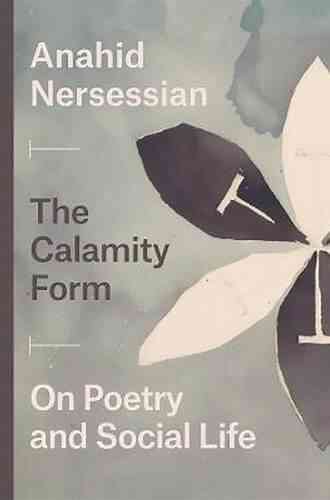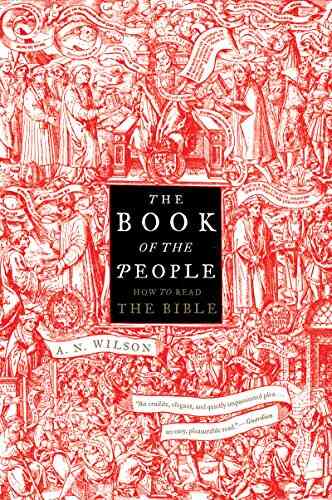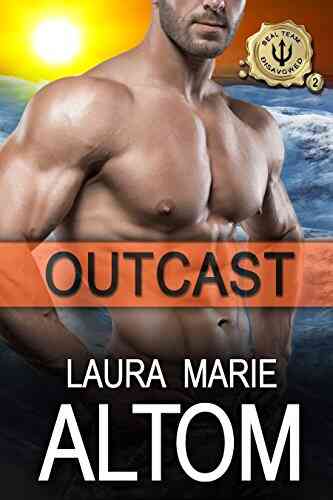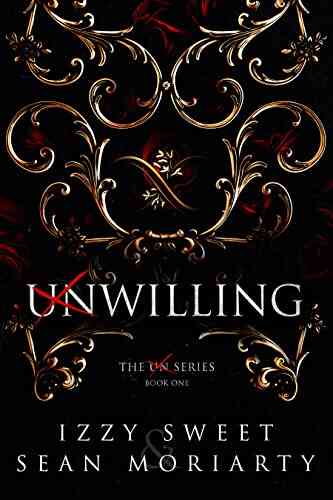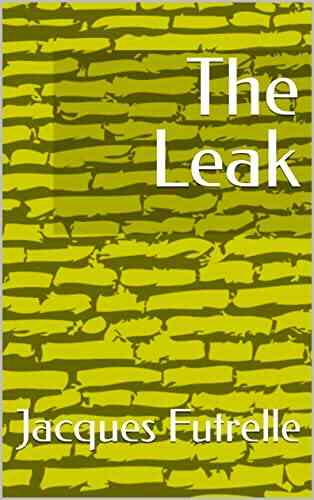The Calamity Form On Poetry And Social Life: Shaping the World Through Words

For centuries, poetry has been a powerful medium to explore our emotions and express our thoughts. It has the ability to captivate readers, immerse them in a world of vivid imagery, and evoke strong emotions. Yet, poetry extends beyond personal introspection, as it has the potential to shape and reflect the society we live in.
The Power of Words
Words have always played a crucial role in human communication. They are the building blocks of language, allowing us to connect with others and convey our thoughts and emotions. Poetry takes this power of words to another level, using metaphor, rhythm, and imagery to create a profound impact on the reader.
Through poetry, we can navigate complex social issues, address injustices, and highlight the experiences of marginalized communities. It serves as a medium to challenge societal norms and provide a voice to those who are often unheard. Poetry can shed light on important subjects such as social inequality, political unrest, and environmental concerns, stirring emotions that lead to change.
4.7 out of 5
| Language | : | English |
| File size | : | 2156 KB |
| Text-to-Speech | : | Enabled |
| Screen Reader | : | Supported |
| Enhanced typesetting | : | Enabled |
| Word Wise | : | Enabled |
| Print length | : | 223 pages |
| Lending | : | Enabled |
| X-Ray for textbooks | : | Enabled |
Understanding Calamity Form
The Calamity Form is an emerging style of poetry that delves deeply into the tumultuous nature of modern society. With its descriptive and intricate language, it captures the chaos and uncertainties of our time, often mirroring the challenges faced by individuals and their impact on society at large.
The Calamity Form seeks to bridge the gap between personal reflection and social consciousness. It provides a platform to explore the complexities of human emotions along with the broader implications they have on our communities. By intertwining personal narratives and societal concerns, this form of poetry encourages readers to engage with pressing issues and foster empathy.
The Role of Poetry in Social Life
Poetry has the ability to break down barriers and connect people from diverse backgrounds. It transcends language and cultural boundaries, allowing us to share our experiences and understand each other on a deeper level. Through poetry, we can find solace, inspire change, and encourage dialogue.
In the realm of social activism, poetry serves as a powerful tool for advocacy and awareness. It has the ability to inspire action and mobilize communities towards a common cause. From the civil rights movement to the fight against climate change, poets have played a pivotal role in shaping social movements and driving positive change.
The Impact of Poetry on Society
When we think of influential poets throughout history, their words have often transcended their time and resonated with generations to come. Poets like Maya Angelou, Langston Hughes, and Rupi Kaur have addressed crucial social issues through their work, leaving an enduring impact on society.
Through the Calamity Form and other poetic styles, we can continue to shape the world with our words. It is through the examination of societal calamities and personal experiences that we can provoke introspection and instigate change. Poetry has the power to transform minds and challenge the current state of affairs, creating a ripple effect that can spark movements that shape our societies positively.
Poetry is not merely a form of self-expression; it is a powerful tool that can create significant changes in society. The Calamity Form, with its descriptive and introspective nature, holds the potential to bridge personal narratives with social concerns. Through poetry, we can ignite conversations, challenge the status quo, and inspire collective action. So let our words flow, for they hold the power to shape a better world.
4.7 out of 5
| Language | : | English |
| File size | : | 2156 KB |
| Text-to-Speech | : | Enabled |
| Screen Reader | : | Supported |
| Enhanced typesetting | : | Enabled |
| Word Wise | : | Enabled |
| Print length | : | 223 pages |
| Lending | : | Enabled |
| X-Ray for textbooks | : | Enabled |
Romanticism coincided with two major historical developments: the Industrial Revolution, and with it, a turning point in our relationship to the earth, its inhabitants, and its climate. Drawing on Marxism and philosophy of science, The Calamity Form shines new light on Romantic poetry, identifying a number of rhetorical tropes used by writers to underscore their very failure to make sense of our move to industrialization.
Anahid Nersessian explores works by Friedrich Hölderlin, William Wordsworth, John Keats, and others to argue that as the human and ecological costs of industry became clear, Romantic poetry adopted formal strategies—among them parataxis, the setting of elements side by side in a manner suggestive of postindustrial dissonance, and apostrophe, here an address to an absent or vanishing natural environment—as it tried and failed to narrate the calamities of capitalism. These tropes reflect how Romantic authors took their bewilderment and turned it into a poetics: a theory of writing, reading, and understanding poetry as an eminently critical act. Throughout, Nersessian pushes back against recent attempts to see literature as a source of information on par with historical or scientific data, arguing instead for an irreducibility of poetic knowledge. Revealing the ways in which these Romantic works are of their time but not about it, The Calamity Form ultimately exposes the nature of poetry’s relationship to capital—and capital’s ability to hide how it works.
Do you want to contribute by writing guest posts on this blog?
Please contact us and send us a resume of previous articles that you have written.




















Light bulbAdvertise smarter! Our strategic ad space ensures maximum exposure. Reserve your spot today!
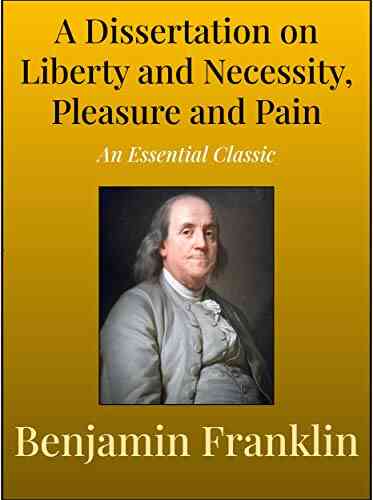
 Dalton FosterDissertation on Liberty and Necessity: Exploring the Paradox of Pleasure and...
Dalton FosterDissertation on Liberty and Necessity: Exploring the Paradox of Pleasure and...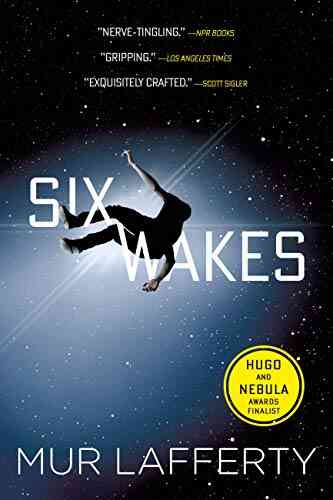
 Mark MitchellSix Wakes Mur Lafferty: Exploring the Depths of Science Fiction and Identity
Mark MitchellSix Wakes Mur Lafferty: Exploring the Depths of Science Fiction and Identity
 Donald WardDesolation Called Peace Teixcalaan - A Journey into a World of Intrigue and...
Donald WardDesolation Called Peace Teixcalaan - A Journey into a World of Intrigue and... Louis HayesFollow ·7.5k
Louis HayesFollow ·7.5k Donald WardFollow ·9.3k
Donald WardFollow ·9.3k Jean BlairFollow ·13.1k
Jean BlairFollow ·13.1k Aldous HuxleyFollow ·17.5k
Aldous HuxleyFollow ·17.5k Jacob HayesFollow ·2.8k
Jacob HayesFollow ·2.8k Gregory WoodsFollow ·13k
Gregory WoodsFollow ·13k Hayden MitchellFollow ·16k
Hayden MitchellFollow ·16k Aron CoxFollow ·19.9k
Aron CoxFollow ·19.9k

 Brian West
Brian WestTaking Pride Maria Baes: Embracing Individuality and...
When it comes to self-expression and...

 Gordon Cox
Gordon CoxThe Red Well Western Trio: Experience the Authentic Wild...
Are you looking for an exhilarating escape...
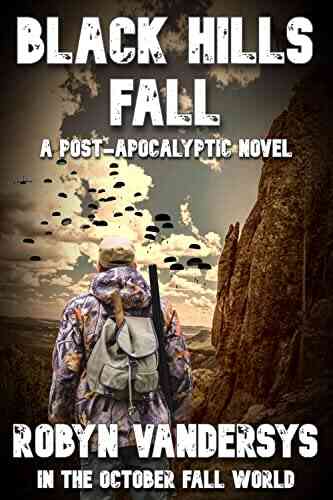
 Kyle Powell
Kyle PowellThe Mesmerizing Colors of Black Hills Fall: Experience...
As the warm days of summer fade away,...

 J.D. Salinger
J.D. SalingerNo Romance Nhb Modern Plays: An Unconventional...
Love has always been a predominant theme...

 Ernest J. Gaines
Ernest J. GainesShunned Seal Team Disavowed: Unraveling the Secrets of...
When it comes to the...
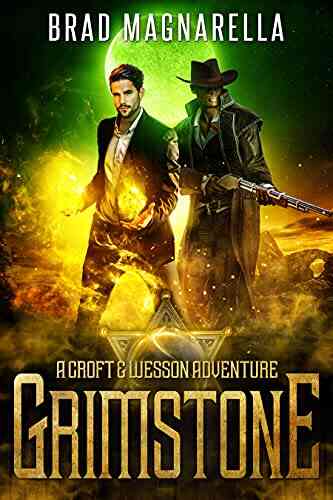
 Colt Simmons
Colt SimmonsThe Enthralling Journey of Grimstone Croft and Wesson...
Are you ready to embark on an extraordinary...
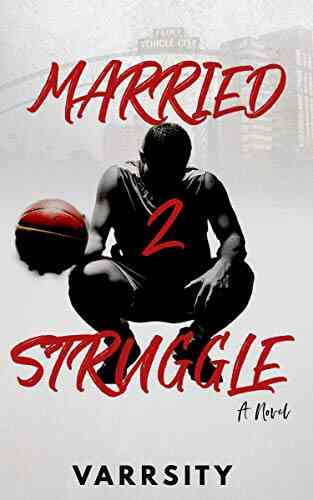
 Harry Cook
Harry CookMarried Struggle Varsity - Unlocking the Secrets for a...
Marriage is a beautiful journey...
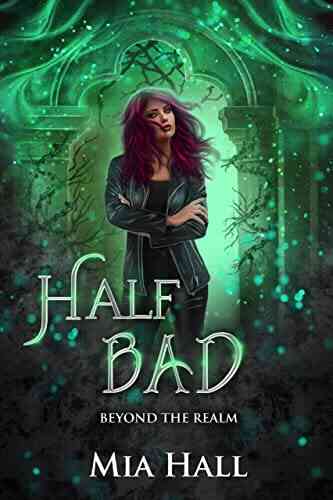
 Douglas Powell
Douglas PowellDragons Vs Elves Vs Humans Coming Of Age Fantasy Beyond...
Once upon a time, in a realm beyond our...

 Ted Simmons
Ted SimmonsOfficial Game Guide Updated For Mass Effect Final Version
Mass Effect, the...
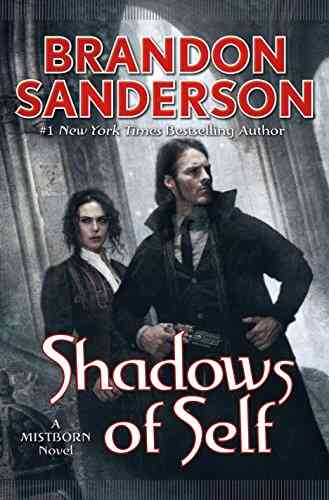
 Marc Foster
Marc FosterThe Mistborn Saga: Journey into a World of Magic,...
Welcome to the enchanting...
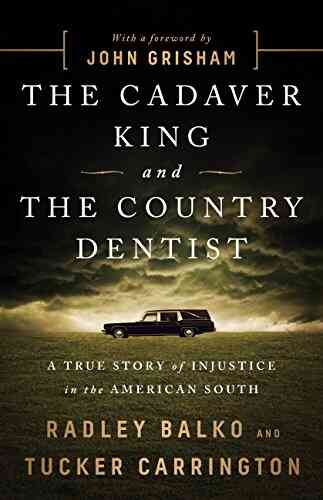
 Al Foster
Al FosterThe True Story of Injustice in the American South: A Tale...
From the pages of history, we uncover a...

 Vince Hayes
Vince HayesDiscover the Incredible Awakening to a New Worldview and...
Have you ever found yourself questioning the...
4.7 out of 5
| Language | : | English |
| File size | : | 2156 KB |
| Text-to-Speech | : | Enabled |
| Screen Reader | : | Supported |
| Enhanced typesetting | : | Enabled |
| Word Wise | : | Enabled |
| Print length | : | 223 pages |
| Lending | : | Enabled |
| X-Ray for textbooks | : | Enabled |


